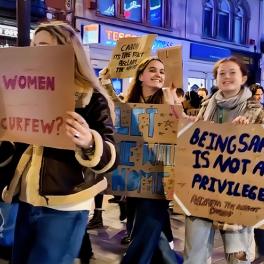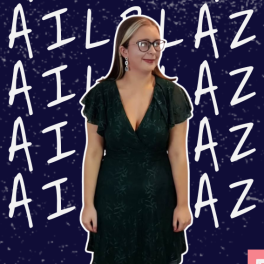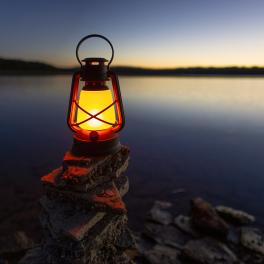
When I went to the Nobel Prize Museum, one stunning exhibit caught my eye - a young girl, strung up with wires from the ceiling, suspended in midair. Her arms were outstretched, her hair dishevelled and reaching upwards, like a snapshot of her hurtling towards the ground.
It turned out the exhibit was illustrating a scene from Nobel Prize Awardee Kazuo Ishiguro’s novel, Klara and the Sun. What better advertisment could there have been for me to read it? So I did, and was not disappointed - Ishiguro’s prose was tender and poignant, and the story left me plenty of thoughts to ponder.
The story is told through Klara: an Artificial Friend belonging to Josie, a young girl afflicted with a grave disesase, and we join her as she cares for Josie and uses her keen observation skills to navigate the complicated dynamics of the world around her and the poeple in it. As a solar-powered robot, she has a special relationship with the Sun, treating him as a benevolent entity with a religious-like devotion. When Josie’s sickness worsens, she calls upon his kindness to heal Josie, even sacrificing some of her fluid in an act of faith. The story ends with Josie miraculously recovering from her illness much to Klara’s gratitude.
Having Klara’s staunch belief in the Sun and his healing be such a focal point in the story brings forth quite a neat juxtaposition of having these old-fashioned-esque superstitions be posited by a technologically advanced, supposedly more rational being. It’s interesting how she, a product of technology, instinctively recognises the limits of that same technology - even as all tangible signs point to Josie eventually succumbing to the disease, she continues to have faith that the Sun can still save Josie. Perhaps it’s just a universal truth that even as science flourishes throughout the years there will always be things we can never truly understand.
In the middle of the story, Josie’s parents explore the idea of having Klara replace Josie if Josie passes away, putting her mind into a perfect replica of Josie’s body and having Josie “live on” through Klara. Klara reflects this at the end of the book. Earlier, the man helping Josie’s parents replace Josie put forth the idea that humans were purely algorithms running on the data they’ve gathered from previous experiences, nothing that a program could not replicate. That “there was nothing special inside Josie that couldn’t be continued”. To this she says "There was something very special, but it wasn’t inside Josie. It was inside those who loved her.” It’s a lovely notion, and another symbol of hope in the book, that even as artifical intelligence becomes more and more advanced and human-like that there still is something within us that cannot be replaced.
In today’s volatile times, it’s an important lesson to remember that community is one of the most powerful ways for us to express our humanity, and could very well be the only meaningful impact we can leave behind. Indeed, as Klara says, even as wealth dwindles, power fades and our own mortal bodies fail us, our love leaves a lasting imprint on the people around us. With AI slowly disrupting human connection and art and our society becoming more fractured with the current geopolitical situation, hope and connection will prove to be powerful in the coming tough times.
The story ends with many loose threads. The backdrop this story takes place against is fraught with tension - the society is divided over the use of Artificial Friends and “lifting”, a risky medical procedure to make children smarter through genetic engineering. Even the political situation is tense. As Klara’s time as a caretaker has drawn to a close, the people she cares for have a long and uncertain future ahead. What may be even more frustrating is that they have very limited power in deciding how it goes, a fate that is not unlike those of us readers. Perhaps all we can do is be a bit more like Klara: care for those around us, have hope, and keep believing that sometimes, just sometimes, miracles can happen.
Support Young Creators Like This One!
VoiceBox is a platform built to help young creators thrive. We believe that sharing thoughtful, high-quality content deserves pay even if your audience isn’t 100,000 strong.
But here's the thing: while you enjoy free content, our young contributors from all over the world are fairly compensated for their work. To keep this up, we need your help.
Will you join our community of supporters?
Your donation, no matter the size, makes a real difference. It allows us to:
- Compensate young creators for their work
- Maintain a safe, ad-free environment
- Continue providing high-quality, free content, including research reports and insights into youth issues
- Highlight youth voices and unique perspectives from cultures around the world
Your generosity fuels our mission! By supporting VoiceBox, you are directly supporting young people and showing that you value what they have to say.





